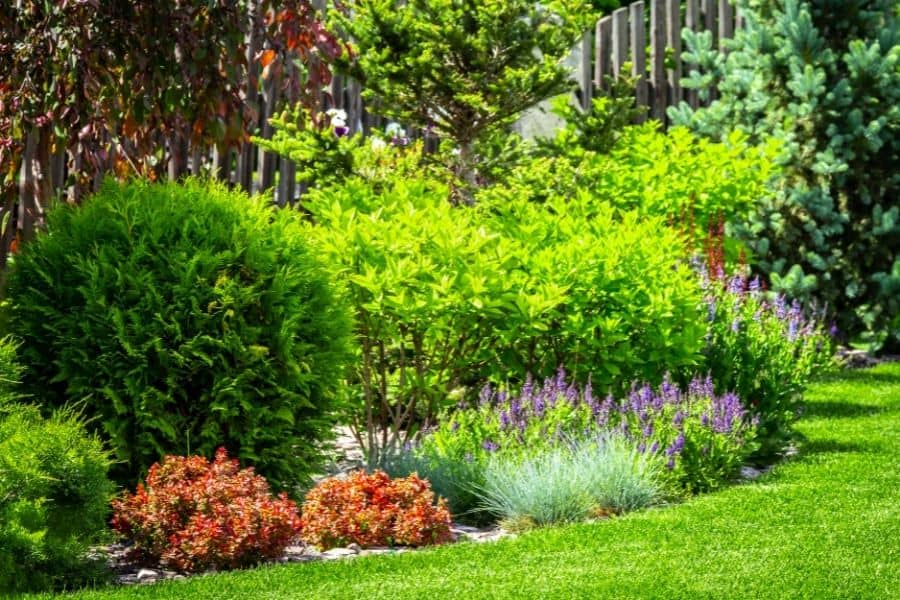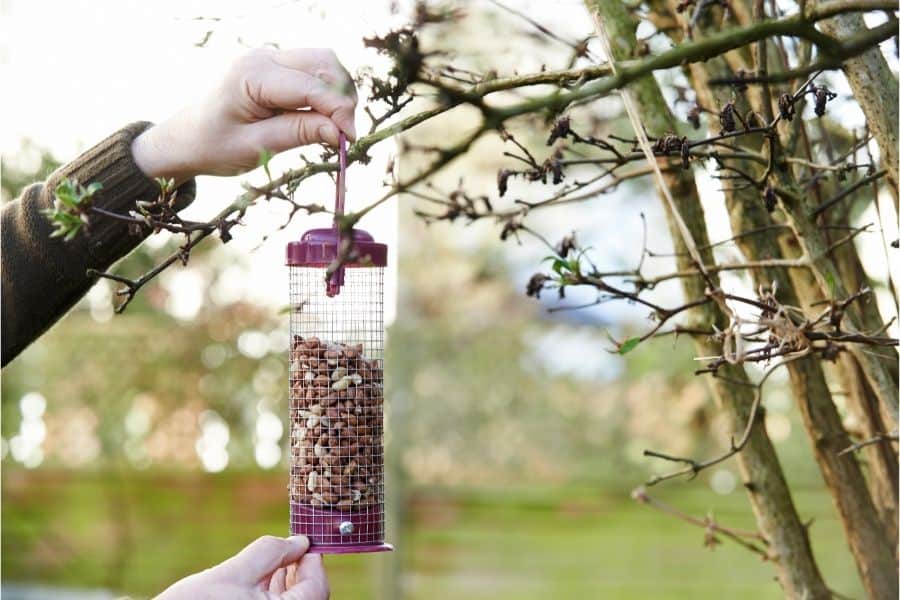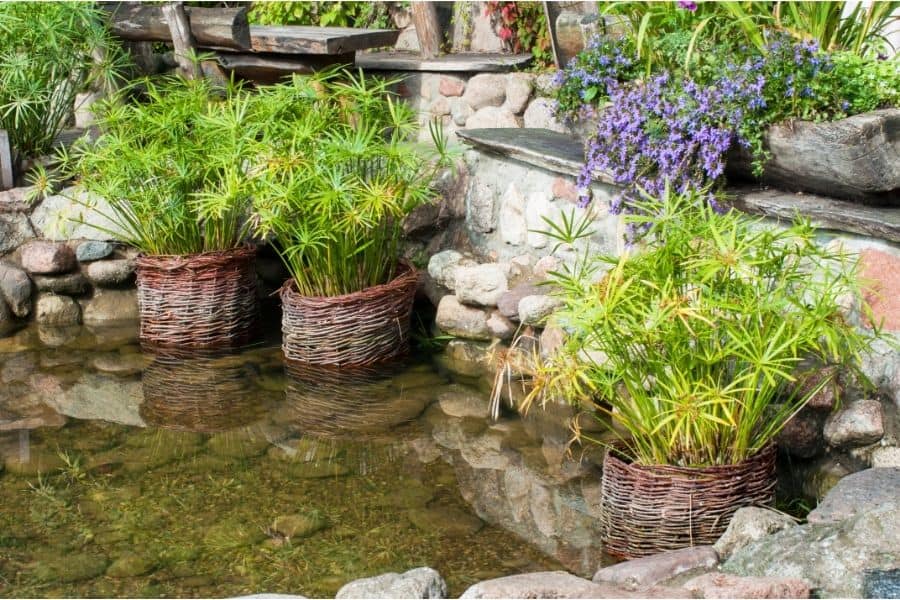7 Ways To Increase Biodiversity In Your Garden
Have you recently been imagining turning your backyard into a place filled with life and joy? When you enhance the biological diversity in your garden, you will help mother Earth and add more value to your outdoors. Think of waking up to the sounds of nature right from your home. It will brighten your morning and helps you appreciate the abundance of life.

To increase biodiversity in your garden, you must incorporate a diverse spectrum of plants and other living things to attract other forms of wildlife. If you’re worried about limited space, this blog will tackle different ways to increase biodiversity that maximizes the size of your property.
Let your garden be a haven for an ecosystem to prosper! No matter where you and your family reside, you can apply the following ways to make your garden more diverse:
1. Sustain Food And Water For Birds
Adding sustainable bird feeders to your garden can attract more garden birds. This is particularly important since they’re the most visible wildlife in your garden. All year long, the birds will come and go according to season, and while they pass by your garden, it would be best to ensure that they are well-taken care of.
One practical step to sustain feeding is to make use of a Squirrel proof bird feeder. You can build it into the place where most of your garden birds pass along. There are different styles of bird feeders available in the market these days, but choose one that’s safe and secure to eat and not at risk of being accessed by other animals.
For the feed, you can use a mixture of sunflower seeds, peanuts, seeds, berries, and even some of your kitchen leftovers. Other than the food, make sure to prepare enough water for your feathered guests as well.

2. Grow Various Types Of Plants
Growing a diverse species of plants can attract more insects and wildlife to your garden. This is how the ecosystem naturally works. So, make sure to plant various species that differ in size, shape, color, and fragrance. For wildlife to migrate to your garden, you must choose flowers and fruit-bearing plants. Not just that, you can also grow bushes and trailing plants with colorful foliage. From planting succulents in the ground to taking care of beautiful roses and orchids, let your creativity run wild while preserving a biodiverse garden.
Insects such as bees and butterflies feed on pollen and nectar from flowers, while birds can find tasty treats in fruits. Therefore, when your garden comes with different plants and flowers, you can expect to attract more animals and living organisms. Also, having a variety of seasonal plants at various times of the year is beneficial to insects because they may be out on the wing all year long.
3. Maintain A Naturalized Lawn
If you have a lawn in your home, take advantage of it and use it for animals to inhabit. Once you naturalize some areas, this will reduce the size of your lawn, so you’ll need to mow less and water less. This takes lesser effort to maintain and attracts wildlife at the same time. Starting with shady, rocky, or hard-to-plow areas is a good idea.
You can create various types of vegetation to attract more birds and other animals. However, if there is a specific kind of animal that you plan to have in your garden, make sure that you can continue feeding them with food and water all year long.
4. Add A Mini Pond Or Water Stream To Your Garden
The natural beauty of your garden becomes even more attractive when you add water. But the purpose of water is not only for aesthetic purposes, but to generate more biodiversity. Consider adding a mini pond or water stream. Birds are especially attracted to water bodies that are continuously flowing. Moreover, water gardens can attract many aquatic plants and a wide range of marine wildlife—like frogs, dragonflies, and fish.
If you’re concerned about attracting mosquitoes due to building ponds, don’t worry because you may also find natural predators like backswimmers, water boatmen, and other insects which feed on mosquitoes.

5. Consider Making A Pollinator Garden
You can attract more bees and butterflies to your area by creating a pollinator garden. The flowers and colorful butterflies are very beautiful to look at, making it an ultimate win-win. To do this, plant a variety of flowers that bloom at different times of the year from spring through fall to ensure that there is always food available for insects.
Choose pollen and nectar-rich flowers native to your region if you want to create a pollinator garden. A variety of pollen-rich flowers must be chosen, and it requires you to study which specific plants are great for biodiversity. To attract a wide range of pollinators, you should grow a wide array of flowers. Pollinators gather nectar or pollen in different ways, and having a variety of plants to choose from will result in successful pollination.
6. It’s Okay To Grow Trees And Shrubs
It’s okay if your garden seems to be a mess here and there. For all you know, these grown trees and shrubs play an essential role for many wildlife species. In addition to providing shelter and nesting areas, trees, hedges, and shrubs are excellent at encouraging biodiversity.
An abundance of plants, fungi, lichens, and animals live in large mature trees like the English Oak. So, before deciding to cut down seemingly overgrown bushes and old trees, think about the rich wildlife that is already established with it.
7. Avoid The Use Of Chemicals In Your Garden
People, animals, and the environment are negatively affected by garden chemicals. Unfortunately, a lot of species are killed when pesticides or insecticides are sprayed into the air. These substances are not just harmful to small creatures, but also to humans as well. Numerous forms of cancer and neurological problems have been linked with the use of chemical fertilizers. So, just use natural fertilizers and organic gardening methods as much as possible.
Conclusion
Looking for other inspiring ideas to increase the biodiversity of your garden? Check out RTA Outdoor Living’s outdoor living spaces ideas for creative and practical ways to enhance your outdoor space and create a thriving environment for your plants and wildlife.
Creating a vibrant ecosystem in your own home is not just pleasant to look at, it’s also therapeutic as you feel calm and relaxed listening and experiencing nature right out of your doorstep. Adding biodiversity to your backyard is quick and easy, as long as you follow the tips mentioned above. When you increase biodiversity in your living space, you help enrich the environment. Aside from that, you get to set a good example for your children in terms of appreciating and conserving nature.
